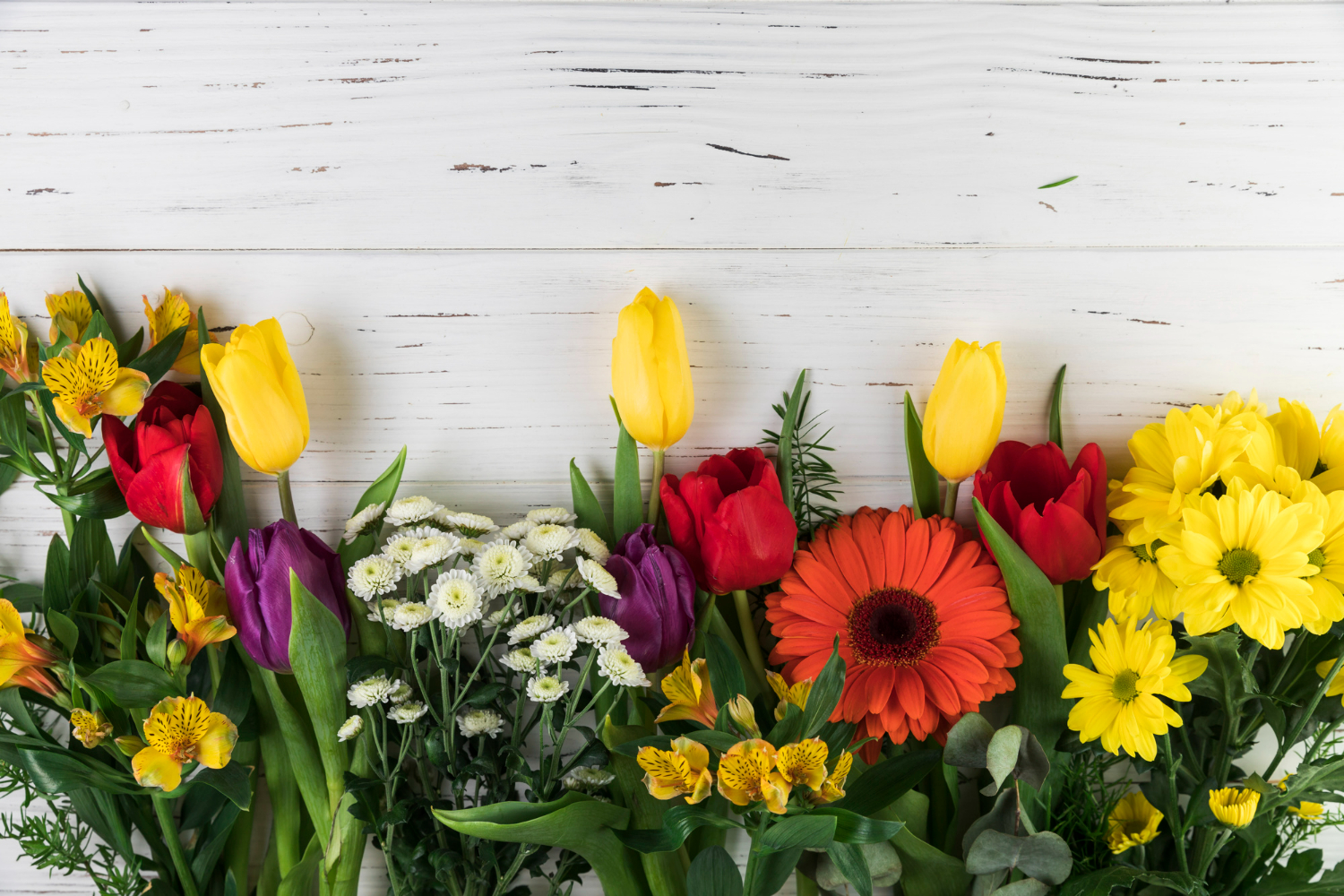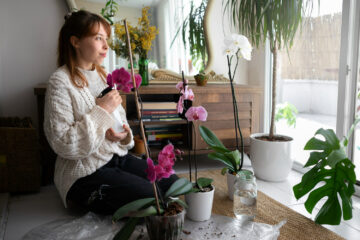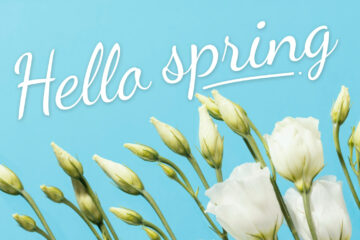Transform your garden into a year-round oasis with expert tips from Garden Top Secrets. Discover the best perennial, annual, and shrub choices to keep your garden vibrant in every season. Learn essential techniques for soil preparation, watering, and pest control, along with practical advice for container gardening and regional considerations. Embrace the benefits of continuous blooms, from attracting pollinators to boosting mental well-being. Cultivate a thriving garden that stays beautiful all year long.
Table of Contents
ToggleTop Picks for All-Year Flowers
When selecting flowers for year-round blooming, it’s crucial to choose a mix of perennials, annuals, and shrubs. This diversity not only ensures continuous blooms but also creates a dynamic and layered garden structure. Here are some top performers in each category:
Perennials:
- Hellebores: Also known as Lenten roses, these winter-blooming beauties offer elegant flowers from late winter to early spring. Their nodding blooms come in a variety of colors, from pristine white to deep purple, and they’re deer-resistant. Hellebores prefer partial shade and well-draining soil.
- Pansies: These cheerful faces can bloom nearly year-round in mild climates and are frost-tolerant. They come in a wide range of colors and patterns, making them versatile for any garden design. Pansies prefer cooler temperatures and can be planted in fall for winter and spring blooms in many regions.
- Coreopsis: With proper deadheading, these daisy-like flowers can bloom from spring through fall. They’re drought-tolerant once established and attract butterflies. Coreopsis comes in various heights and colors, from bright yellow to deep red.
Annuals:
- Petunias: These versatile flowers bloom prolifically from spring to fall in most regions. They come in a vast array of colors and patterns, including striped and double-flowered varieties. Petunias are excellent for hanging baskets, window boxes, and garden beds.
- Geraniums: With proper care, they can bloom almost continuously in mild climates. Geraniums are known for their vibrant colors and scented foliage. They’re relatively drought-tolerant and can be overwintered indoors in colder climates.
- Impatiens: Perfect for shady spots, they bloom non-stop from spring to fall. Impatiens come in both standard and New Guinea varieties, offering a range of colors and leaf types. They’re ideal for creating colorful displays in areas that don’t receive full sun.
Shrubs:
- Camellias: Different varieties bloom from fall through spring, providing color when many other plants are dormant. These evergreen shrubs offer glossy foliage year-round and stunning flowers in shades of pink, red, and white. They prefer acidic soil and partial shade.
- Hydrangeas: With proper selection, you can have hydrangeas blooming from late spring through fall. Different species bloom at different times, and their flower colors can often be influenced by soil pH. From the large mopheads to delicate lacecaps, hydrangeas offer diverse options for any garden.
- Winter Jasmine: This shrub produces cheery yellow flowers in the depths of winter. It’s a versatile plant that can be trained as a climber or allowed to form a mounding shrub. Winter jasmine is hardy and easy to grow, thriving in various soil types.
Growing Tips for All-Year Flowers
Success with all-year flowers hinges on proper care. Here are some expert tips:
- Soil Preparation: Most flowers thrive in well-draining, nutrient-rich soil. Amend your soil with compost before planting and mulch to retain moisture. Conduct a soil test to understand your soil’s pH and nutrient levels, then amend accordingly. For example, add lime to raise pH for plants like lavender, or sulfur to lower pH for acid-loving plants like camellias.
- Watering: Consistent moisture is key. Water deeply but less frequently to encourage deep root growth. This approach helps plants become more drought-tolerant and resilient. Use drip irrigation or soaker hoses to deliver water directly to the root zone, reducing water waste and preventing fungal diseases that can occur with overhead watering.
- Fertilization: Use a balanced, slow-release fertilizer in spring and mid-summer. Avoid over-fertilizing, which can lead to lush foliage at the expense of blooms. Different plants have different nutrient needs; for instance, flowering plants often benefit from fertilizers higher in phosphorus to promote blooming. Always follow package instructions and consider using organic fertilizers for a more sustainable approach.
- Pruning and Deadheading: Regular deadheading encourages continuous blooming by preventing the plant from setting seed. Prune shrubs after their blooming cycle to maintain shape and promote healthy growth. Learn the specific pruning needs of each plant; for example, spring-flowering shrubs are typically pruned right after blooming, while summer bloomers are often pruned in late winter or early spring.
- Pest and Disease Management: Monitor your plants regularly. Use integrated pest management techniques, favoring natural and organic solutions when possible. This might include introducing beneficial insects, using physical barriers, or applying neem oil for pest control. Always identify the problem accurately before treating, as misdiagnosis can lead to ineffective or harmful treatments.
Creating a Year-Round Flower Garden
To achieve continuous blooms, plan for succession blooming. Combine early, mid, and late-season bloomers in each area of your garden. This might mean planting spring bulbs like daffodils and tulips beneath later-blooming perennials, or interplanting quick-growing annuals among slower-developing perennials. Consider microclimates within your garden – south-facing walls can support more tender plants, while north-facing areas might be perfect for shade-loving species. Use these microclimates to extend your growing season or to cultivate plants that might not typically thrive in your hardiness zone.
Container Gardening for All-Year Flowers
Don’t let limited space deter you. Many all-year flowers thrive in containers. Use large pots with good drainage and high-quality potting mix. Violas, cyclamen, and dwarf evergreen shrubs are excellent choices for year-round container displays. Consider using a mix of plants with different blooming periods in a single container to ensure ongoing interest. For example, combine spring-blooming bulbs, summer annuals, and fall-flowering chrysanthemums in one pot, underplanted with evergreen ivy for winter interest. Remember that container plants often need more frequent watering and fertilization than those in the ground.
Regional Considerations
Your specific climate will greatly influence your flower choices. In colder regions, focus on cold-hardy perennials and shrubs, supplementing with annuals in the warmer months. Plants like coneflowers, black-eyed Susans, and sedums are excellent choices for colder climates. In warmer areas, you’ll have a wider range of options, but be mindful of heat-tolerant varieties for summer blooming. Plants like lantana, salvia, and gaillardia thrive in hot conditions. Always check the hardiness zone recommendations for plants and consider microclimates within your garden that might allow you to push the boundaries of what you can grow.
Maintaining All-Year Flowers
Seasonal care is crucial. In spring, focus on soil preparation and planting. This is the time to divide overgrown perennials, plant summer-blooming bulbs, and start seeds for summer annuals. Summer requires vigilant watering and deadheading. Keep an eye out for pests and diseases, which can proliferate in warm weather. Fall is the time for planting spring-blooming bulbs and late-season fertilizing. It’s also a good time to plant trees and shrubs, allowing them to establish roots before winter. In winter, protect tender plants and enjoy your winter bloomers. Use this time to plan for the coming year and order seeds and plants for spring.
Benefits of All-Year Flowers
Beyond their beauty, all-year flowers offer numerous benefits. They provide a constant food source for pollinators, contributing to local ecosystem health. Different flowers attract different pollinators; for example, tubular flowers like salvias are favorites of hummingbirds, while flat-topped flowers like yarrow attract butterflies. The act of gardening and the presence of flowers have been shown to reduce stress and improve mood, making your all-year garden a boost to mental health as well. Studies have demonstrated that exposure to nature, including garden environments, can lower cortisol levels, reduce blood pressure, and improve overall well-being.
In conclusion, creating an all-year flower garden is a rewarding endeavor that brings beauty and life to your outdoor space in every season. With careful planning, proper plant selection, and diligent care, you can enjoy a continuously blooming garden that delights the senses and nurtures both wildlife and your well-being year-round. Remember, gardening is a journey of continuous learning and adaptation. Don’t be afraid to experiment with new plants and techniques, and always be ready to adjust your approach based on your garden’s unique conditions and your personal preferences.





